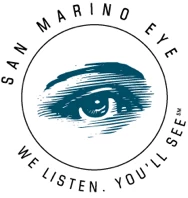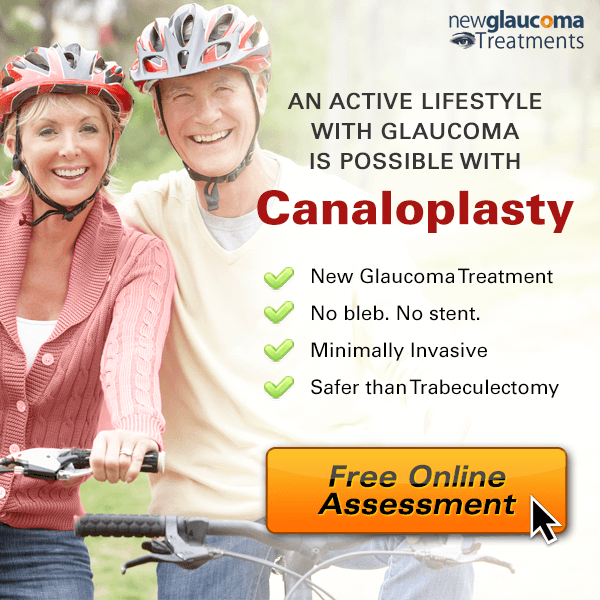QUESTION:
I was diagnosed in ****** with open angle glaucoma, after believing three years prior to that I was only “suspicious” of having the disease as they told me. Try and figure that one out. After a myriad of doctors, who were in a hurry to get through their patients in a day, two SLT procedures and a recommendation to undergo a trab with pressures in the mid to high teens, I decided to tell them that I would no longer be requiring their services…I am an Industrial Arts professor, who always looks at innovation. To me, trabeculectomy is a “Medieval” procedure…I believe in seeking avenues that embrace new technology, since I think that way. I know you don’t accept insurance, but I figure 8 grand on my credit card is a small price to pay than walk around with a “hole in my eye” and taking steroids to keep it from healing. We are connected via Linked in, so you can look at my profile. As soon as my medical records from [name hidden], I will be scheduling an appointment.
******
ANSWER:
Dear ******,
Glaucoma can be a very elusive disease and the transition from glaucoma suspect to glaucoma requiring treatment is often only known after vision loss has occurred. It’s one of the characteristics that make glaucoma despised by patients and doctors alike.
With regard to trabeculectomy, you’re not the only one who considers it a medieval procedure. As far back as the 1960s surgeons were attempting to find alternatives to penetrating, fistula forming glaucoma surgeries. Interesting trivia: in Cairns’ landmark paper describing trabeculectomy (published in 1968) it is quite clear that what he was attempting to do was create an opening in Schlemm’s canal through which aqueous fluid could find a way out of the eye. Sound familiar? His intent was actually to avoid a bleb but it turned out that the surgery was most effective when a bleb formed. As such, Cairn’s trabeculectomy was actually intended to be a non-penetrating surgery (albeit a failed attempt).
The evolution of non-penetrating glaucoma surgeries has finally reached the point with canaloplasty that an effective alternative to penetrating surgeries now exists. Unfortunately, the surgeon’s learning curve is steep and the surgery is time consuming so few surgeons have bothered to offer it.
My practice model allows me to devote the time necessary to mastering techniques that would not be supported by traditional insurance-based practices. I believe that canaloplasty offers enough benefit to my patients with open angle glaucoma that it is worth spending as much time in the OR as needed. As I see it, the extra time in the operating room saves me and my patients many hours of post-operative worry and hassle (which is what you are virtually guaranteed with trabs and tubes). I look forward to meeting you soon.
Warm regards,
David Richardson, MD
Patient-Focused Ophthalmologist
San Marino Eye
2020 Huntington Drive
San Marino, CA 91108
626.289.7856
Patient-Focused Websites:
New-Glaucoma-Treatments.com
About-Eyes.com
Date: August 2014
Posted in: Canaloplasty, Canaloplasty and Other Surgeries, Canaloplasty Safety and Efficacy

